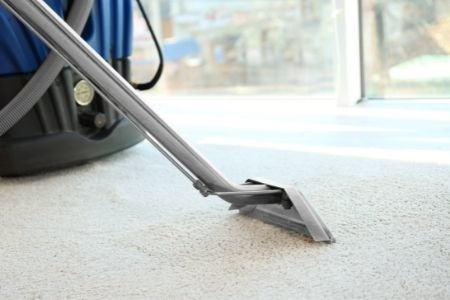The Pros and Cons of Wall-to-Wall Carpeting
Whether you’re building a new home or taking on a fixer-upper, the type of flooring you pick is one of your biggest choices. Wall colors come and go, but your floors will last for years. Let’s consider the pros and cons of wall-to-wall carpeting so you can decide whether adding it or subtracting it from your home’s floors is the right move.
PRO: Unpleasant Surprises Beneath the Carpet
Home-renovation programs have romanticized the mystique of pulling out wall-to-wall carpeting only to reveal exquisite hardwood flooring that immediately makes a room more elegant. However, the real world is much different. Some homeowners put carpeting down for a reason: under most carpets rests flooring that’s dull, scratched up, and otherwise in a state of disrepair. In other words, the carpet was one big band-aid. You may find, as your predecessors did, that lovingly restoring a long-covered hardwood floor requires time and resources you don’t have.
CON: Harder Than Hardwood To Clean
Wall-to-wall carpeting can be a lot like one big sponge. It soaks up stains, dust, dust mites, pet dander, and just about anything else in the air. The work it takes to fully clean the carpet is arguably the biggest reason homeowners opt for a simpler solution. They often find themselves suffering from fewer allergic reactions once they send their carpeting to the curb. But the decision is as much about form as it is about function. Many people prefer the aesthetics of nuanced wood grain over single-color carpets. They feel that wood floors—or even laminates that closely approximate real wood—have a degree of sophistication that wall-to-wall just can’t reach.
PRO: A Quieter Home
One problem you may discover in a new home is that noise carries a little more than you expected. The same properties that make carpet a big “sponge” also make it an effective defense against noise pollution. That sponge also soaks up sound waves, cutting down on reverberation through floors and ceilings.
CON: Pay More in the Long Run
Cost is a major consideration in b. While it’s true you’ll pay less for carpeting than replacing hardwood flooring in the short term, the shorter lifespan of wall-to-wall means that, ten to fifteen years down the road, you’ll be looking at a replacement. If your new home is a long-term investment, you may want a surface that lasts a lifetime.





Post a Comment